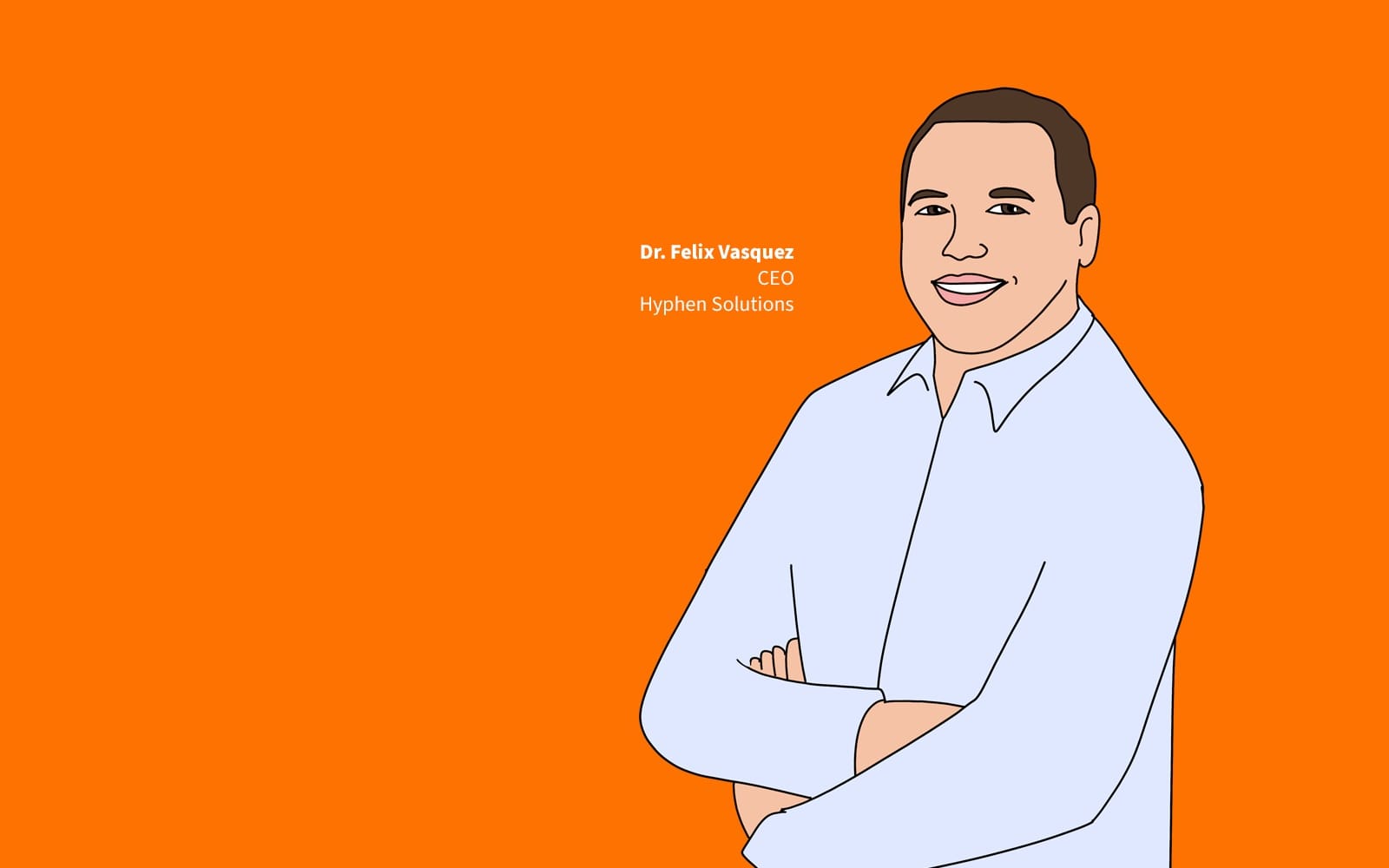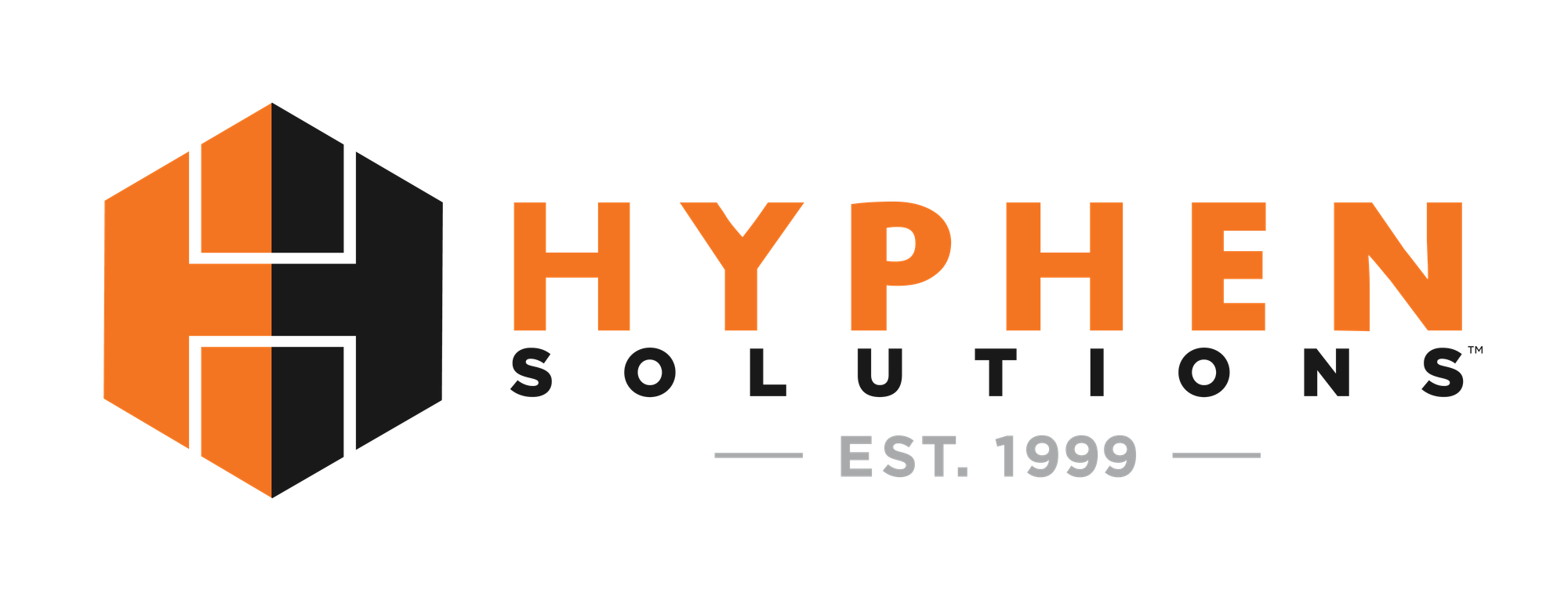Technology
The Future-Proof Homebuilder Operates A Unified Workflow
Hyphen Solutions CEO Felix Vasquez lays out why fragmented workflows are dragging builders down—and how connected data streams can turn the tide.

The CEO of a high-performing, multi-market homebuilding firm we know worries:
The overarching question is, do we need to really understand that lower margins is the new norm?"
That prospect is real – particularly for private homebuilders – as a context of higher-for-longer borrowing costs, tighter reins on financing terms, sticky-high land costs, big public builders' increasing encroachment in arenas they'd formerly have regarded as too-small-to play in, ... and a hard lid on asking prices for homes whose ASPs have already decoupled from real-world household wherewithal.
Within the emerging, sobering reality of making less money at homebuilding, period, the ground game isn't where the housing market gets priced—it's where the business wins or bleeds. Shaving days off the cycle, catching defects early, eliminating wasted handoffs—these aren't side quests.
They are the path to margin survival in 2025 and beyond. And they're one of a narrowing array of options available for flourishing in the years ahead.
Felix Vasquez has one message for homebuilding operators looking to rewire how they build homes—from lot takedown through warranty: start connecting your data.
Start now.
If you elongate your construction cycle, you're going to waste money," says Vasquez, CEO of Hyphen Solutions. "If you have rework or inspection delays, you're going to erode your margin. All these are dangerous activities; you need to have a heart monitor on."
Hyphen, a digital operating platform used by more than 800 builders and 17,000 suppliers, has evolved from back-end scheduling software into something closer to a connective tissue—not just between builder teams and their trades, but across the full life cycle of development, design, build, sales, and service.
Margin Math in a High-Cost Era
Margins are compressing. Builders don’t need charts to feel it. Lot costs are sticky, capital is more expensive, fees aren't budging, and incentive spend isn't letting up. Sales offices may write the contracts, but operational waste—such as lost days, inaccurate data, and duplicate work—shaves points off the bottom line.
Builders today face a double-edged challenge: making decisions under uncertainty and managing operations under fragmentation. Teams across land acquisition, product design, construction, and sales often rely on isolated tools, gut feelings, or legacy processes that don’t communicate effectively.
Most builders have three or four systems that can’t talk to each other,” Vasquez explains. “That creates information silos — and silos create waste, delays, and errors.”
That’s not a tech problem. It’s a performance problem.
When key data — such as vendor availability, takeoff quantities, or customer design selections — resides in disconnected silos, decisions are delayed, trade partners become frustrated, and cycle times are prolonged.
“It’s not about making people use software,” Vasquez says. “It’s about giving them tools that make their job easier today — and make the company stronger tomorrow.”
That reality makes Vasquez's rallying cry more urgent: systems have to talk to each other. Schedules have to reflect real conditions. Trade partners need to be part of the plan, not a workaround. The future of competitive building is not about owning the entire value chain. It’s about syncing it.
Our job at Hyphen is to give you all the features and benefits of a vertically integrated company—without you having to buy everyone," Vasquez says. "Why would you buy? Let’s connect the systems. Let’s have the data flow as if we were all one organization and compete on that."
The Supply Chain Is the Schedule
Too many builders still treat suppliers like a black box. A PO goes out. Something (usually) shows up. Fingers get pointed when delays hit. But what if the framer had visibility into the slab timeline, the inspector saw cycle time risk in real-time, or a supplier clicked "task complete" and triggered an invoice, payment, and schedule advance—instantly?
This isn’t a wishlist. This is how navigating today's tricky, iffy, volatile market works. You do it. If you don't, it's at your peril.
If a supplier in the field could click a button to say, 'I'm done,' and that auto-generates the invoice, it would shrink day sales outstanding for every supplier—bar none," says Vasquez. "It automatically moves the schedule forward. That's a win-win."
Much of the industry’s tech focus over the past decade has been on digital transformation, including better dashboards, mobile-friendly tools, and automated task lists.
However, Vasquez argues that digital upgrades are insufficient if they merely accelerate the chaos.
Builders tell us: ‘We can’t afford to guess anymore,’” he says. “They want tools that give them visibility — in real time — into what’s happening and why.”
Hyphen’s approach? Connect the dots across pre-construction, purchasing, scheduling, accounting, and post-close warranty. That’s the foundation for what Vasquez calls “operational sync.”
Incentives flow both ways. Builders want to hit their delivery dates. Trades wish to get paid faster. With shared data, the alignment becomes mechanical.
We’re trying to create alignment between builders and their suppliers, and between the field team and internal management," Vasquez says. "If everyone is measured by the same truth—and incentivized on it—then you're all fighting for the same outcome: finish tasks on time or sooner, with high quality."
AI as Utility, Not Hype
The tech industry has no shortage of AI promises. Hyphen’s take? Make it useful first.
People think, 'If I just build something and do it, that's my cost.' But the cost of supporting a system over five or ten years is often more than building it," Vasquez says. "If your digital tools don’t take something off someone's plate—if they don't automate or alleviate manual effort—you're adding to their burden."
For Hyphen, that means AI that converts purchase orders into accurate SKUs. AI that flags scheduling slippage before it cascades. AI that keeps supers and suppliers honest about time on task.
It also means surfacing actionable insight—not just dashboards.
My role is as an enabler," Vasquez says. "We give builders their data back, mix it with their other sources, and help them see where they're missing opportunities—and where behaviors need to change."
No More Excuses for Siloed Workflows
Open data ecosystems are now a table-stakes requirement. That’s Vasquez’s bet. Builders shouldn’t need to ask how to integrate Hyphen with Salesforce, their ERP, or third-party warranty tools. It should already be flowing.
We operate an open network. If a builder permits us, we’ll publish the data wherever it needs to go," Vasquez says. "Whether you want it on your phone, in Excel, or scratched on an apple, we’ll get it to you."
Customer Success, Defined by the User
Ask Vasquez what Hyphen is building next, and he doesn’t list features. He talks about the jobsite.
Our biggest breakthroughs have come from customer visits—user groups, meetings at builder shows," he says. "We don’t sit in a corner and invent magic. Our software has been shaped by people clicking buttons every day to build homes."
Hyphen’s Customer Success team tracks not just implementation, but adoption. If builders aren’t getting the expected value, the team diagnoses where the behavior doesn’t match the system design. Then they fix it.
Where the Data Flow Leads
What success looks like over the next few years, Vasquez says, is simple: more builders, more integrated suppliers, and more measurable outcomes.
If they integrate, I can save the builders more money. That integration creates new opportunities for collaboration—to deliver homes better, and make the experience more personal."
In a market where every basis point counts, that’s not just a tech vision. It’s an operational imperative.
MORE IN Technology
Pre-Development Is Where Velocity Happens: Here's How
In a high-cost, high-risk market, developers and builders must find every dollar and day they can save. Integrated digital pre-construction tools are quietly delivering outsized impact — if you know where to look.
How Tim O’Brien Homes Is Re-Wiring Its Buyers' Experience
In a market defined by hesitation, speed and certainty separate survivors from stragglers. Tim O’Brien Homes shows how technology can deliver both.
Land Risk Is Rising. So Is Homebuilder Blindness To It.
As homebuilders face volatile demand, rising input costs, and tighter capital controls, the risks of land missteps grow. Acres.com CEO Carter Malloy makes the case for a new class of competitive land intel—built to give builders visibility into what’s really happening before it’s too late.


